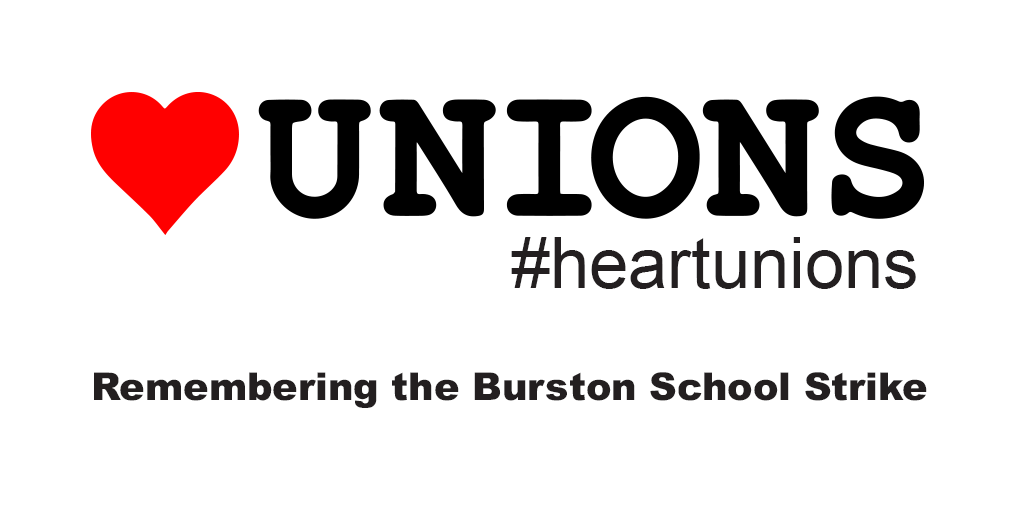Such was the schoolyard souvenir of one Violet Potter, a Norfolk student whose outrage at her teachers' unfair dismissal sparked a playground demonstration that lasted over 25 years. It's remembered, not just by those immediately involved in the case, but by thousands of union members to this day who gather annually, usually on the first Sunday in September, to commemorate a fascinating and hard-fought battle for employment justice to prevail.
It all started on 1st April 1914 when pupils of the Burston village school, led by Potter and supported by parents, took to the streets to protest the sacking of teachers Annie (also known as Kitty) and Tom Higdon. Since arriving three years earlier, the couple had been outspoken campaigners for improved conditions in the school. Dampness, inadequate heating and lighting, lack of ventilation and other general unhygienic and/or unsafe practises brought them into dispute with the area's school management committee. Matters came to a head when managers accused Kitty of lighting a fire without their permission (to dry the soaked clothes of children forced to walk three miles to school in the rain). When reprimanded, Kitty allegedly responded with "gross discourtesy" and she and her husband were given three months' notice to find alternative employment.
They didn't need to. Enraged, 66 of the school's 72 pupils went on strike to support their teachers. Refusing to be educated on the premises any longer, an alternative school was set up on the village green. Although housed in a marquee, it was well equipped and maintained a full timetable. As winter set in the establishment moved to a local carpenter's workshops and, later, into a brand new purpose-built school financed by donations from the labour movement; the ongoing strike had, by this point, become a central issue for trade unionists and school reformers across the country.
"With joy and thankfulness I declare this school open to be forever a School of Freedom,” enthused Violet Potter when the building was officially launched in 1917. Burtson Strike School, as it was called, continued to teach local children until Tom Higdon's death in 1939.
The school later became a museum, and the massive impact the strike made upon public and political consciousness is the raison d'être of the annual rally, which has taken place here since 1983. Funded by trade unions, the free-of-charge event offers a fun, informative day out with food, drink, entertainment and speakers from across the union movement. Find out more details here: burstonstrikeschool.co.uk.








